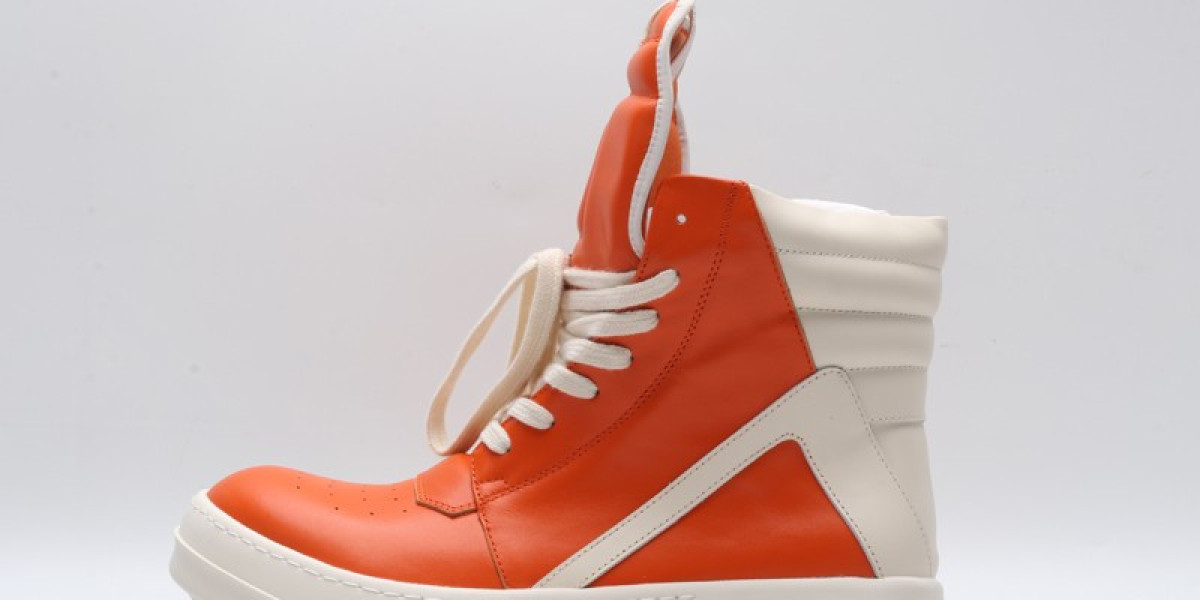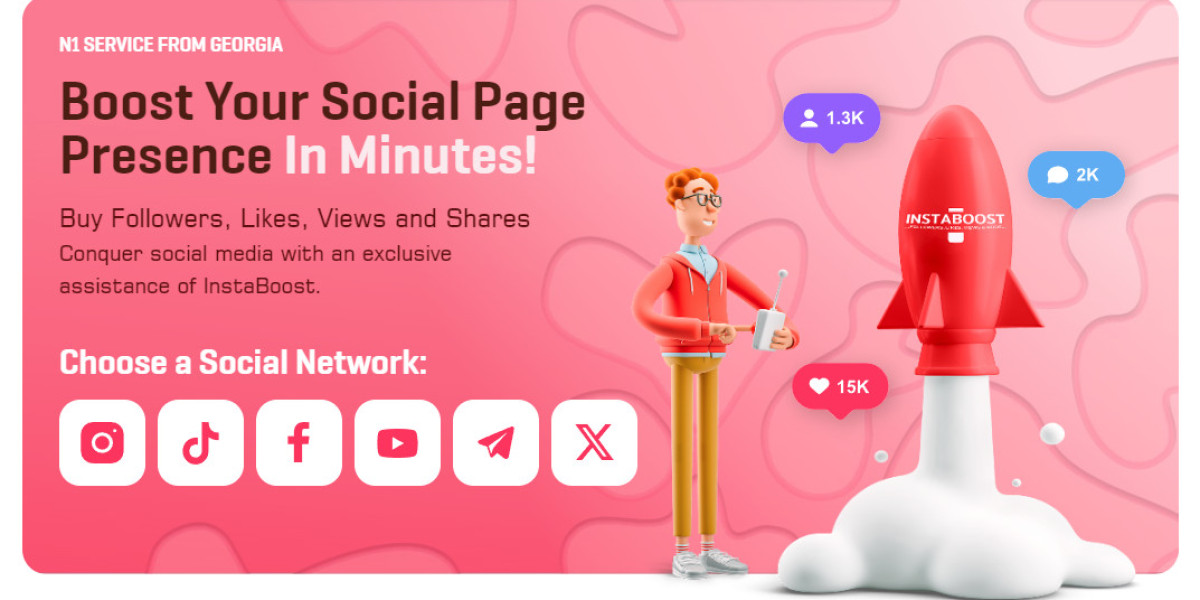In the dynamic landscape of retail, where competition is fierce and shelf space is limited, folding cartons play a crucial role in influencing consumer buying decisions. These cartons, typically made from paperboard and known for their versatility and cost-effectiveness, are more than just protective shells for products. They are silent salespeople, communicating brand values, attracting attention, and ultimately swaying purchasing choices through psychological triggers.
The Power of First Impressions
Consumers often make snap judgments within seconds of encountering a product on the shelf. This initial impression is heavily influenced by the packaging. Folding cartons, with their ability to be easily customized in terms of shape, size, and design, provide brands with a blank canvas to create visually appealing and memorable packaging. The colors, graphics, and textures used on these cartons can evoke emotions and convey messages that align with the brand’s identity.
For instance, bright colors and playful graphics can attract a younger audience, while minimalist designs with earthy tones might appeal to eco-conscious consumers. Research shows that consumers are more likely to remember and trust brands with distinctive and attractive packaging, making the design of folding cartons a critical factor in the decision-making process.
The Role of Color Psychology
Color is a powerful tool in packaging design, capable of eliciting specific emotions and reactions. Different colors can have varying effects on consumer behavior. For example, red is often associated with excitement and urgency, which can encourage impulse purchases. Blue tends to evoke feelings of trust and reliability, making it a popular choice for health and beauty products.
Folding cartons, due to their printable surface, allow brands to leverage color psychology effectively. By choosing the right color palette, companies can create a connection with their target audience and influence their buying decisions. This strategic use of color can be seen in numerous successful brands, where the packaging color scheme becomes synonymous with the brand itself.
Touch and Feel: The Importance of Texture
While visual appeal is crucial, the tactile experience of handling a product can also significantly impact consumer perceptions. The texture of a folding carton—whether it’s glossy, matte, embossed, or soft-touch—can enhance the overall experience of the product. A luxurious, high-quality feel can create a sense of value and premium quality, encouraging consumers to choose one product over another.
Studies have shown that consumers are more likely to perceive products as higher quality if the packaging feels substantial and well-made. This perception can translate into a willingness to pay a higher price, underscoring the importance of investing in quality materials and finishes for folding cartons.
Information and Clarity
Consumers today are more informed and conscientious than ever before. They seek clear, concise information about the products they purchase, from ingredients and usage instructions to sustainability practices. Folding cartons offer ample space for brands to communicate this information effectively.
Well-designed packaging that highlights key product benefits, certifications, and brand values can help consumers make informed decisions quickly. Transparency in packaging fosters trust and loyalty, which are essential for long-term customer relationships.
Sustainability and Ethical Considerations
In an era where environmental concerns are paramount, sustainable packaging solutions have become a significant factor in consumer decision-making. Folding cartons, often made from recyclable and biodegradable materials, align well with the growing demand for eco-friendly packaging.
Brands that emphasize their commitment to sustainability through their packaging can appeal to environmentally conscious consumers. The use of eco-friendly inks, minimalistic designs that reduce waste, and clear recycling instructions can enhance a brand’s reputation and attract a loyal customer base.
Conclusion
Folding cartons are more than just containers for products; they are powerful tools that influence consumer psychology and buying decisions. Through strategic use of design elements such as color, texture, and information clarity, brands can create packaging that not only protects their products but also promotes their values and connects with consumers on an emotional level. In a crowded marketplace, the right packaging can make all the difference, turning a potential customer into a loyal advocate. As consumer preferences continue to evolve, the role of folding cartons in shaping purchasing behavior will only become more critical.





